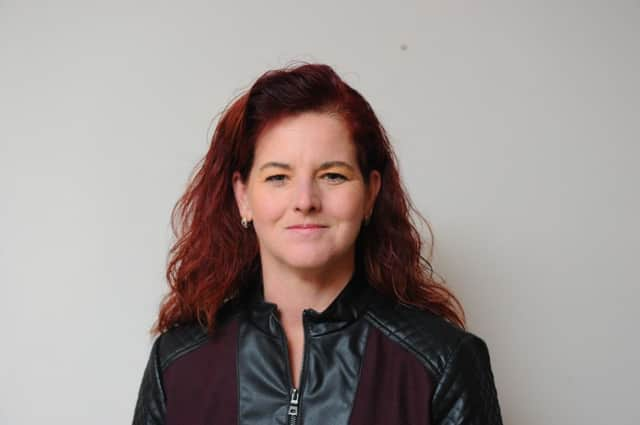Comment: Third sector forced to forge new destiny


The fallout from laudable – if elusive – efforts to bring down the UK deficit has been well documented. Exact figures are difficult to pin down, but public spending cuts have slashed the flow of money from government to the voluntary sector. At the moment it is thought that UK charities and social enterprises face a capital funding gap of about £1 billion.
The third sector has traditionally relied upon grants for the bulk of its income, but this financing model is unsustainable for most. Traditional thinking within these organisations needs to be turned on its head. The good cause is paramount, but it can only be achieved if the starting point is a robust business model.
Advertisement
Hide AdAdvertisement
Hide AdIt’s a difficult transition but it can be done. Spartans Community Football Academy, for example, has established a thriving operation in the most unlikely of places.
Located towards the south end of Pilton Drive, Spartans CFA sits amid what was recently dubbed the “Wild West” of Edinburgh. With high rates of crime, poverty and unemployment, the facility’s goal is to help local children and families by developing sporting, social and life skills.
In addition to football, Spartans CFA gives young people a chance to try out other sports, such as fencing and hockey. It also runs an oral health programme and a homework club, and youth workers regularly take children on local outings. Nutritious meals are offered as part of this work.
Operating alongside the existing Spartans Football Club, the community academy opened in 2008 after raising £4.3 million through donations, grants and local authority support. This included a £900,000 loan and investment package from the government’s Scottish Investment Fund, which is managed by Social Investment Scotland (SIS).
The third sector in this country has historically been reluctant to take out loans, in part because of apprehension about taking on debt that it might not be possible to repay. But Spartans CFA today generates 89 per cent of its revenues from trading activities such as pitch lettings, cafe sales and running community programmes.
Factory Skatepark in Dundee, which is celebrating its tenth birthday this year, has similarly taken control of its own destiny, going from 50 per cent grant-dependent to 90 per cent self-sustaining after working with SIS. More than 90 per cent of third sector organisations that have taken loans through SIS say it has allowed them to increase turnover from trading activities.
The majority of the money managed by SIS is from the Scottish Investment Fund, but SIS is looking to tap into additional sources of financing in the coming months. Like the third sector firms it works with, it is getting “investor-ready” for the maturing social investment marketplace.
SUBSCRIBE TO THE SCOTSMAN’S BUSINESS BRIEFING